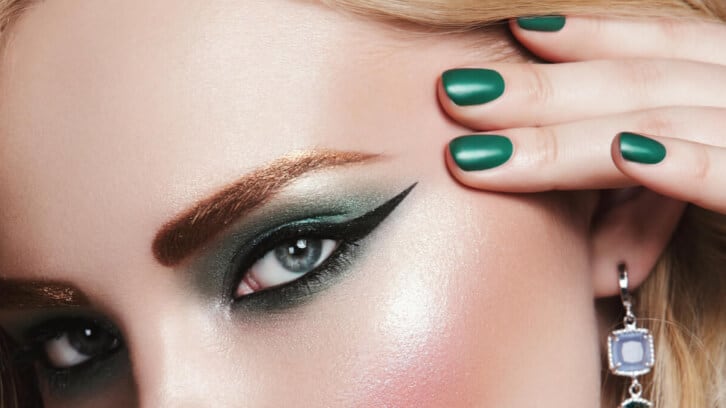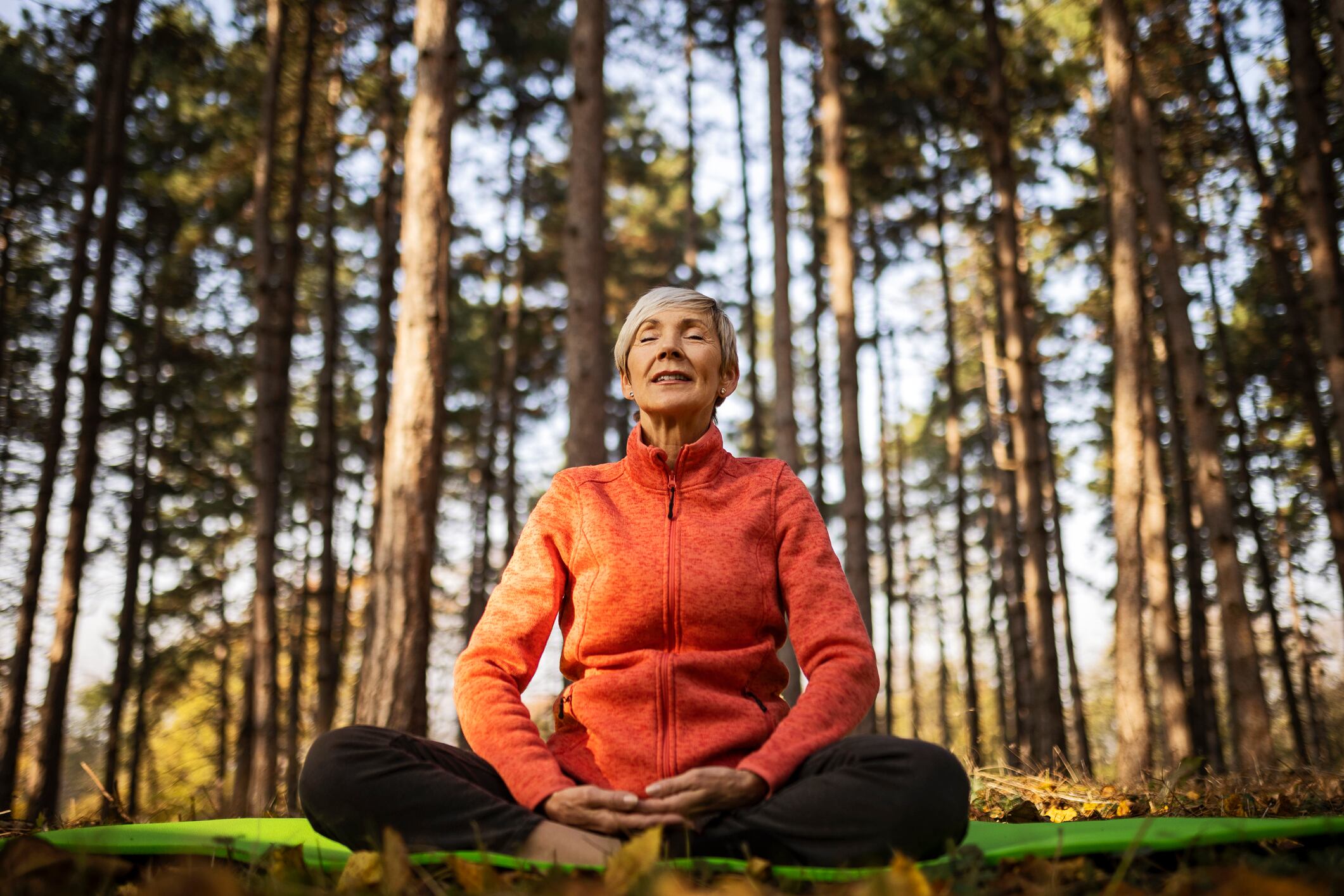There are numerous markets with sizeable populations within eastern Europe region, and there is plenty of consumer interest in beauty, judging by the prevalence of spas, salons and beauty-related businesses, yet on a global scale, it's the western European countries that still appear to dominate in terms of innovation and NPD.
However, in recent years more beauty industry innovation and activity is being seen in this region – potentially making it an area ‘to watch’ for the future.
To discover more, we spoke to senior consultant – beauty and fashion at Euromonitor International, Povilas Sugintas, who will be speaking in greater depth on this topic at the annual InCosmetics Global show in Paris on 16th April at 10am CET.
CosmeticsDesign Europe (CDE): Can you tell me more about the eastern European beauty landscape please?
Povilas Sugintas (PS) I think the key message is that even crazy high inflation rates could not stop Eastern European beauty scene from development. So, what we see is really strong performance across the board, but some categories are doing better than others. But for the most part, I would say it's a fairly positive picture.
However it’s also a really fragmented region – some of these countries are in the Eurozone and others are not even in the European Union. So that comes with its own set of challenges in terms of regulations and payment system. We're talking about it as one unit, but it's not.
With expansion plans it makes sense first and foremost, to look at the size of the market. So, if we draw the line at, say, €1bn total market size, we're talking about four countries – Poland, Romania, Czech Republic, and Hungary – as we are excluding Russia, Belarus, and Ukraine from this analysis.
Poland, Romania, Czech Republic, and Hungary all have turnovers of more than €1bn. It would be foolish to discard the other countries. But again, if you're a multinational, you may only want to target Poland and Romania as they are the biggest markets. They get the most attention because of the larger populations.
What I think is also worth mentioning is that there's not a country that is easy to enter, but I would say if we compared just the two largest ones, Poland is more in favour of products from domestic producers due to traditions and consumer sentiment.
Meanwhile, in Romania, it's a different story. This market does have obviously its own companies, but for the most part, it's a country dominated by multinationals. So, this is a playing ground for more foreign capital-backed companies.
CDE: Do consumers in these countries generally prefer local beauty and personal care brands. Or are they willing to try products from foreign brands?
PS I think it's a little bit of both. Every country has at least a few domestic companies that have proven to be successful over the years. At the same time, the local companies can’t match marketing budgets of much bigger businesses.
There is also a lure of a foreign brand if it’s something that people living in places like Paris, London or New York can buy.
Overall, the multinationals have been successful in converting potential customers in into actual customers.
CDE: Is there a specific mass market and then a prestige market (as in western European countries like the UK or France?)
PS: I will explore this in more detail in my presentation at InCosmetics, but we are certainly seeing this polarisation. It's a bit ‘schizophrenic’ in the sense that people just as when they are saving, whenever they can for those basic products and because of that we have those low-price goods doing really well. Private label is on the rise for in every single country just as this is happening. However, at the same time we are observing astounding results of premium products.
What this means in very rough terms is that these consumers are making decisions on where they will make savings and where they won't. If they are convinced that a product is really ‘worth it’ and that it does make a difference in terms of functionality or even in some way meets an emotional need, then they are making decisions that don’t make sense financially. Basically, people with really limited financial means are still splurging on some items, namely on skin care.
Prestige skin care is doing exceptionally well. And in this area, it’s also hard to make this distinction between local brands and foreign brands. Both are quite successful if they can convince consumers that spending extra is actually in their best interest.
CDE: What kind of categories tend to be most in demand in countries we are discussing?
PS: So, skin care has been very strong lately, but we are also seeing colour cosmetics and fragrance sales picking up again after they dropped during Covid. There is a rebound in those two categories, too, which is really promising.
Hair care is the second largest category for the eastern European, as it is worldwide. So, hair care has been doing well but is also really showing this polarisation. There is a noticeable struggle for basic categories like standard shampoos and we are really seeing this ‘race to the bottom’ where these products are on sale all of the time.
What I also need to mention is that eastern Europe is a region that is still very much defined by not just low prices, but also constant promotions. This is fully built into consumer habits to the degree that it’s not something extra, instead it's something they fully expect. And as soon as those discounts are no longer available, people feel like they are being tricked. This leads them to stock up in anticipation of discounts. Everybody knows how to play this game by now: both the retailers and consumers.
The hair care category is a very good example of this as standard/mass products are really suffering, but at the same time, there's an elevated demand for professional hair care – the types of products you would have been buying only in salons a few years ago.
CDE: Do you have any top tips for companies that would like to expand or launch into these markets?
PS: I’ll start with, I’d give a warning that it's not going to be easy, as the market is already saturated and competition is intense. The bankruptcy rates are not high, but what we do see is some consolidation happening – meaning that you have more and more companies chasing the same limited financial resources of consumers.
Point number two would be about choosing the right market entry strategy when it comes to retail partners. One piece of advice is: do not find yourself in an unfavourable situation where your brand is just another novelty; another flashy thing for retailers to display, that could potentially just be replaced with something next week because the conditions you entered upon were not in your favour.
In eastern Europe, retailers such as Notino and Douglas have stores across multiple eastern European markets. Although it’s a difficult task to get to work with them, once you're in, you're not just in say, Slovakia or Hungary, it means you can also have your product roll out simultaneously across multiple countries in eastern Europe.
Striking the right balance between online and offline is also important. The consensus is that you must do both. A few physical stores won't cut it, as you will not have a coverage big enough in terms of the people you serve to justify significant advertising investments.
You need online because you cannot build a store in every single place, but just having online presence, is also not the optimal way to do it because many people for example won’t buy a fragrance or something like this in terms of your senses without trying it first, and it’s the same with colour cosmetics to some degree.
If it's tried and tested; a product you're familiar with, then it's obviously no problem as it’s a recurring purchase online.
But for new product discovery – and this is an industry that very much relies on new products – you will need a physical presence.





